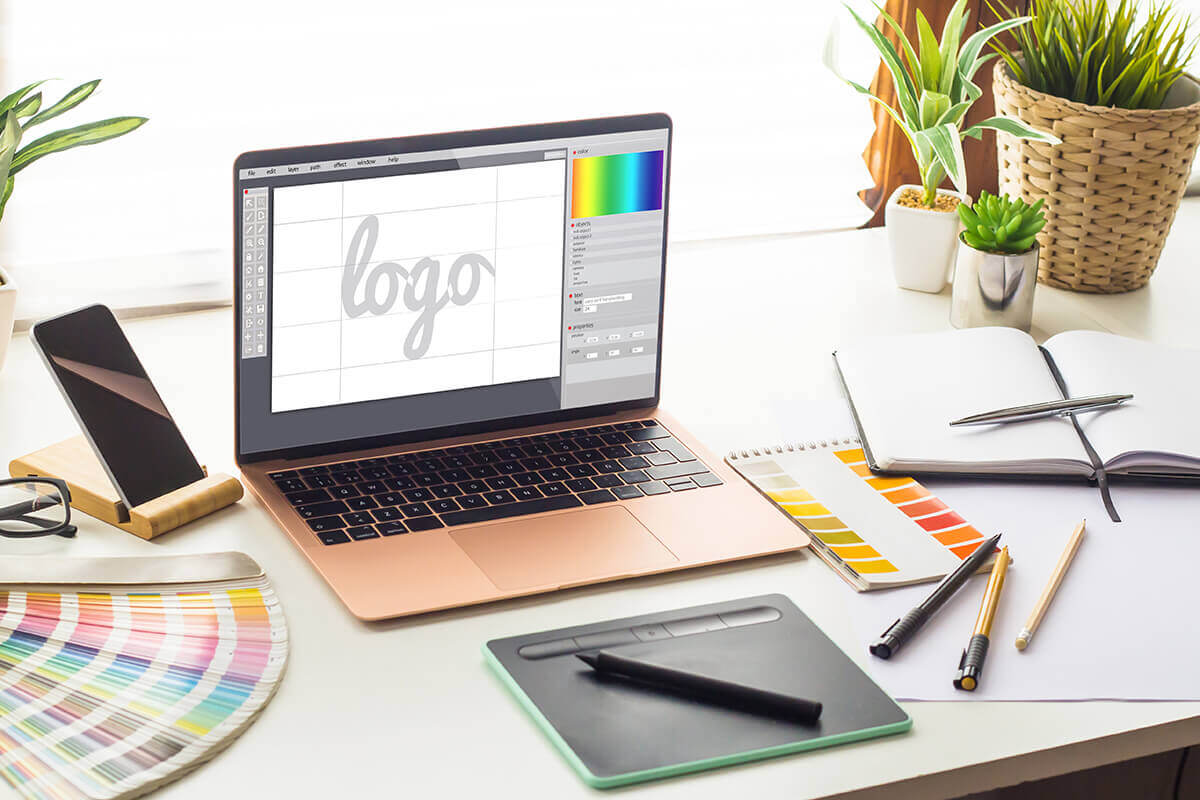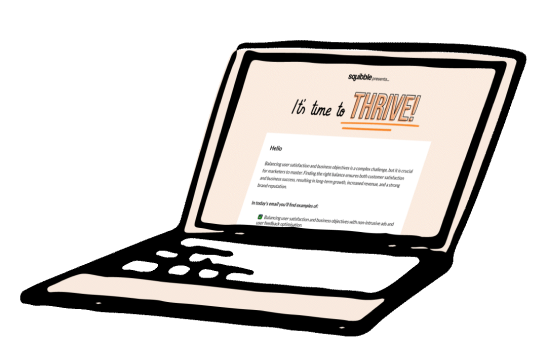Graphic design isn’t magic, but it can be mysterious. It’s easy to think it’s mostly about logos and Hollywood posters – but actually graphic design is all around us. Anything that has been designed visually to evoke a mood or a message has had some element of graphic design applied to it. In our digital world, graphic design is everywhere.
Graphic design is about such fundamentals as colour and shape – if you’ve ever made a choice between a square and a circle, you’ve done some graphic design. It is also a complex science which requires knowledge of how the human eye moves across visual material, of texture and space and typography.
At Squibble, we’re nerds for good graphic design. That said, we’re also pretty good at explaining it in layman’s terms – so drop us a line to talk more. But let us try to put down the basics here …
How Graphic Design Works
Fundamentally, graphic design is about visual harmony. In music, harmony is the word used to describe how notes relate to each other. We all know a bad singer when we hear one, and it’s because intuitively we understand which notes sound good together – and which ones sound really bad. Our visual sense are similar.
Balance, alignment, proximity and contrast ware the watchwords for graphic designers everywhere. These are fancy words for things almost all humans have an innate feel for: we tend to like symmetry and tidiness – and dislike clutter and randomness. Graphic designers work with these principles to create visual material which attracts – and pleases – the eye.
This makes a graphic designer a sort of problem solver. In the corporate world, a business has an aim – say, to communicate the value of a product to its target audience. A graphic designer’s job is to arrive at a visual language that helps the business achieve this goal. Colour, lay-out, typeface and imagery must all cohere to create a graphic identity that supports the messaging. That’s a job often as hard as it sounds.
What Graphic Design Includes
To put it broadly, a graphic designer will draw on every visual element available to help produce a coherent and compelling visual identity for their client. This will include colour choices, selecting shapes and lines, finding the right typefaces. This requires an understanding of the precise target audience – different groups of consumers will of course have different preferences, and the designer’s job is to apprehend and appeal to these.
Applying those principles of balance and contrast and so on, a designer will arrive at a set of rules for a particular project that define the visual language a specific brand should speak. The proportions of a page or the size and shape of its various elements is crucial in achieving a consistency that all designers aim for within every project. A crucial part of every design project, then, is establishing these parameters and then working within them for every specific application of the design “rules”.
Where Graphic Design Is Used
What sort of applications are we talking about? The list is endless: logo and web design, of course, but also packaging and publication design, environmental and motion design, marketing and advertising … the list is long, because visual identity matters more than ever in today’s world.
When you open a webpage, for example, graphic design will provide all the information you need to navigate a page: its flow and rhythm are defined by its visual elements, from lay-out and shape to menus and typefaces. Likewise, brochures and newsletters, billboards and letterheads should all exhibit the same identity – in other words, graphic design should inform all material produced by a business.
From user interfaces in mobile apps to something as simple as the typeface official documents should use, graphic design is at its best when it is total. By making key choices of shape and form, space and balance, a good graphic designer can apply not just consistency to a business’s visual identity – but make it compelling and convincing. Harnessing the visual to help clients speak more clearly is what graphic design is all about.






